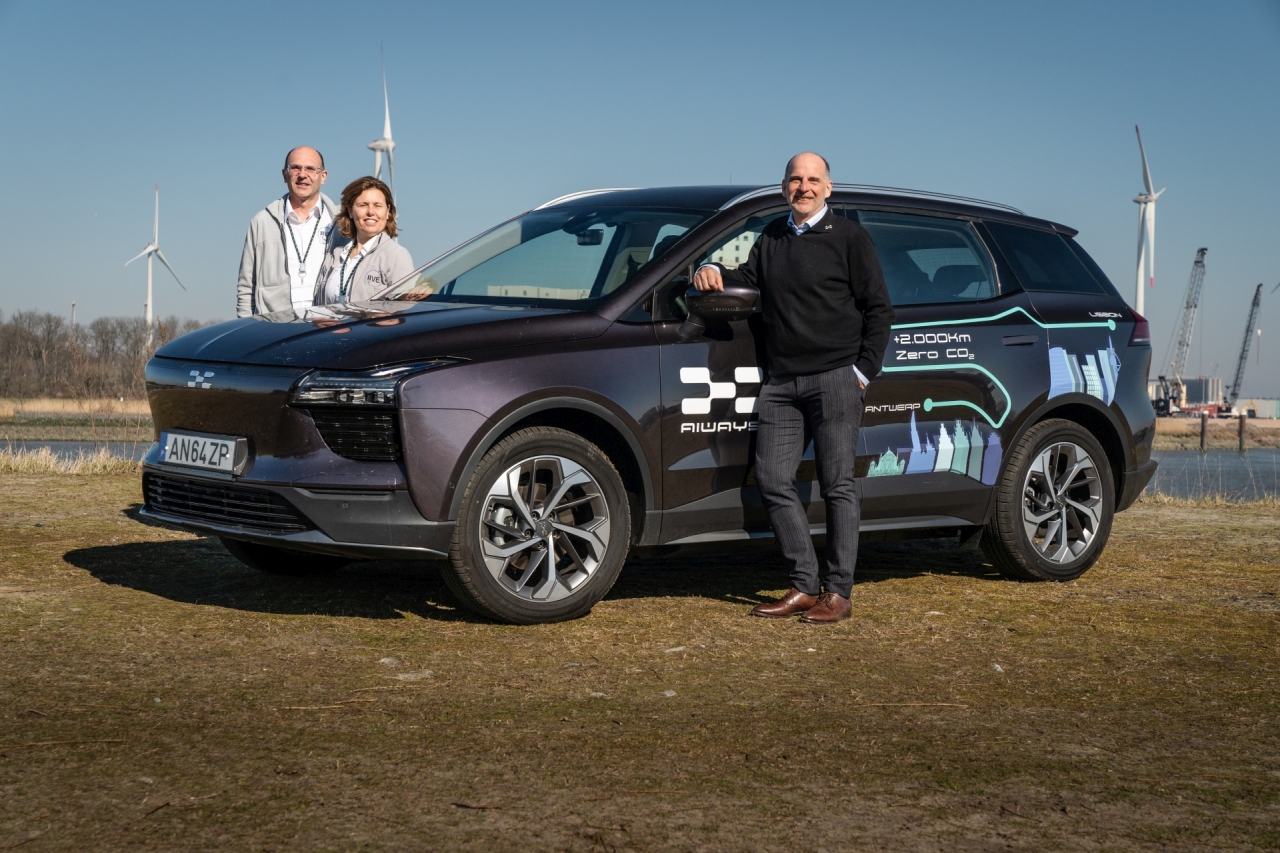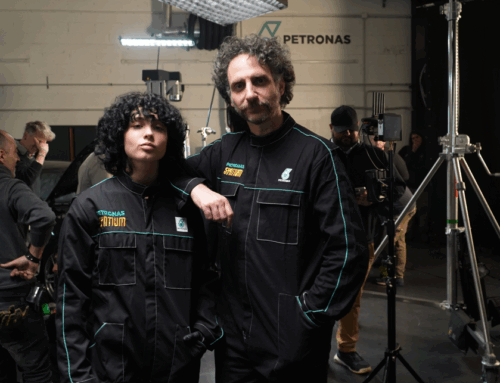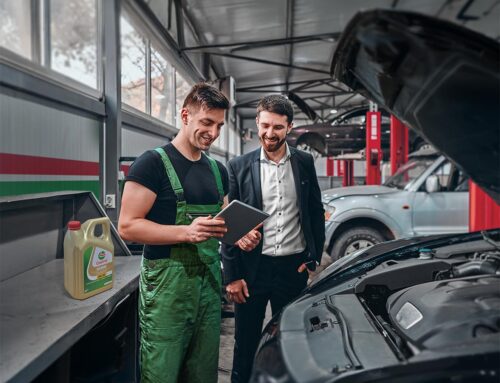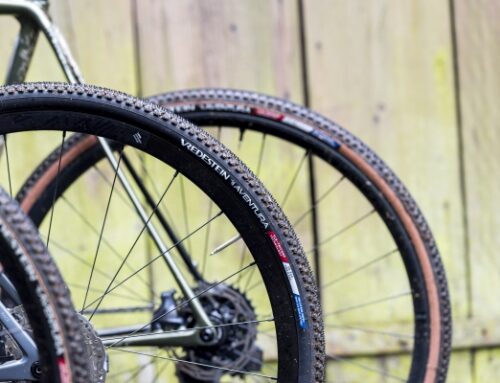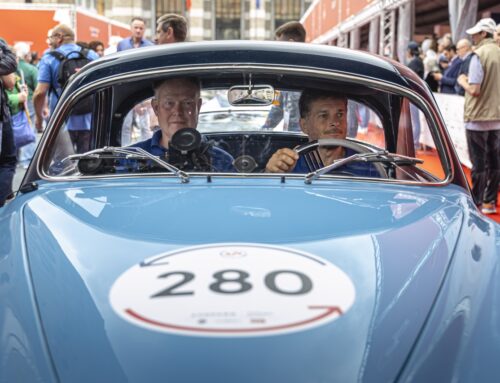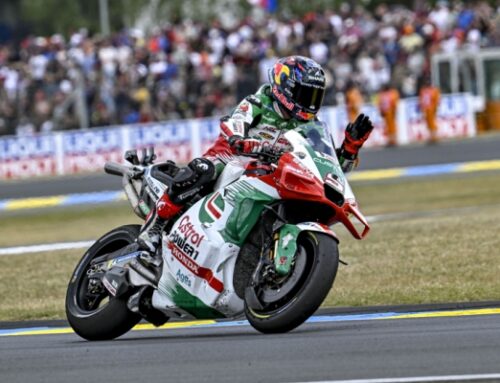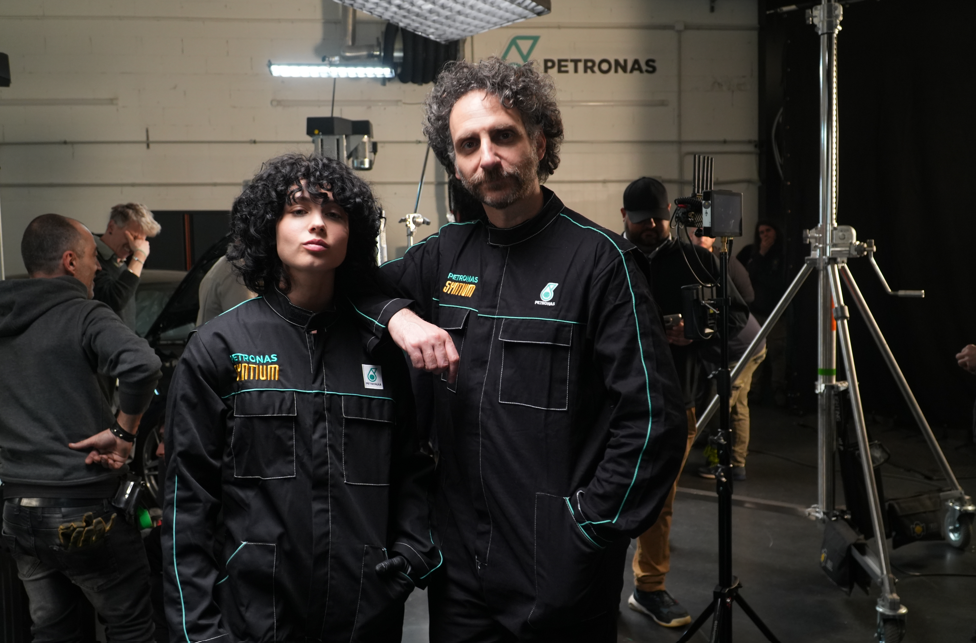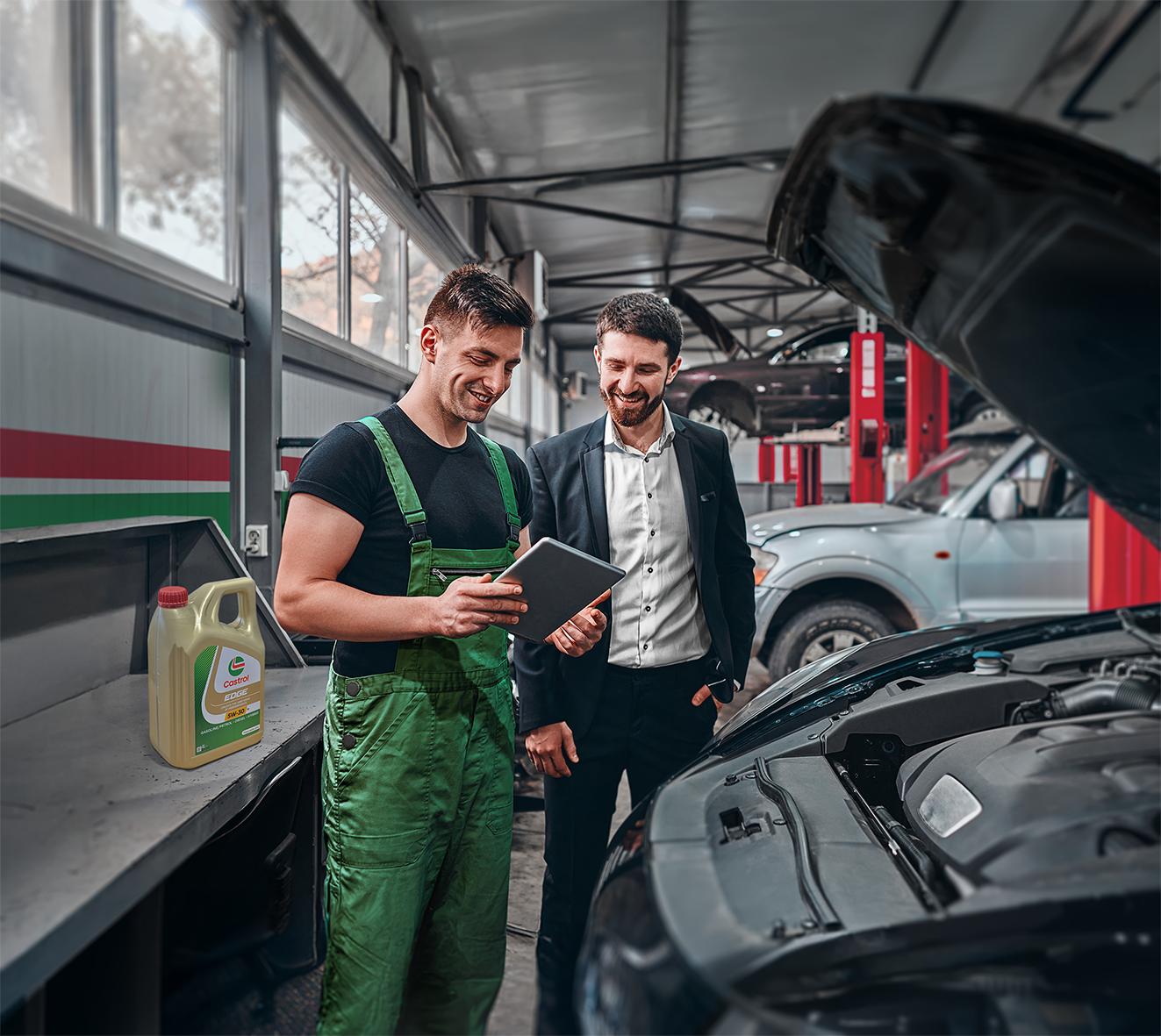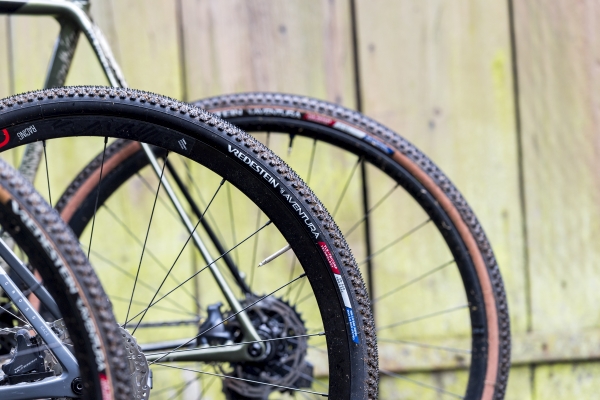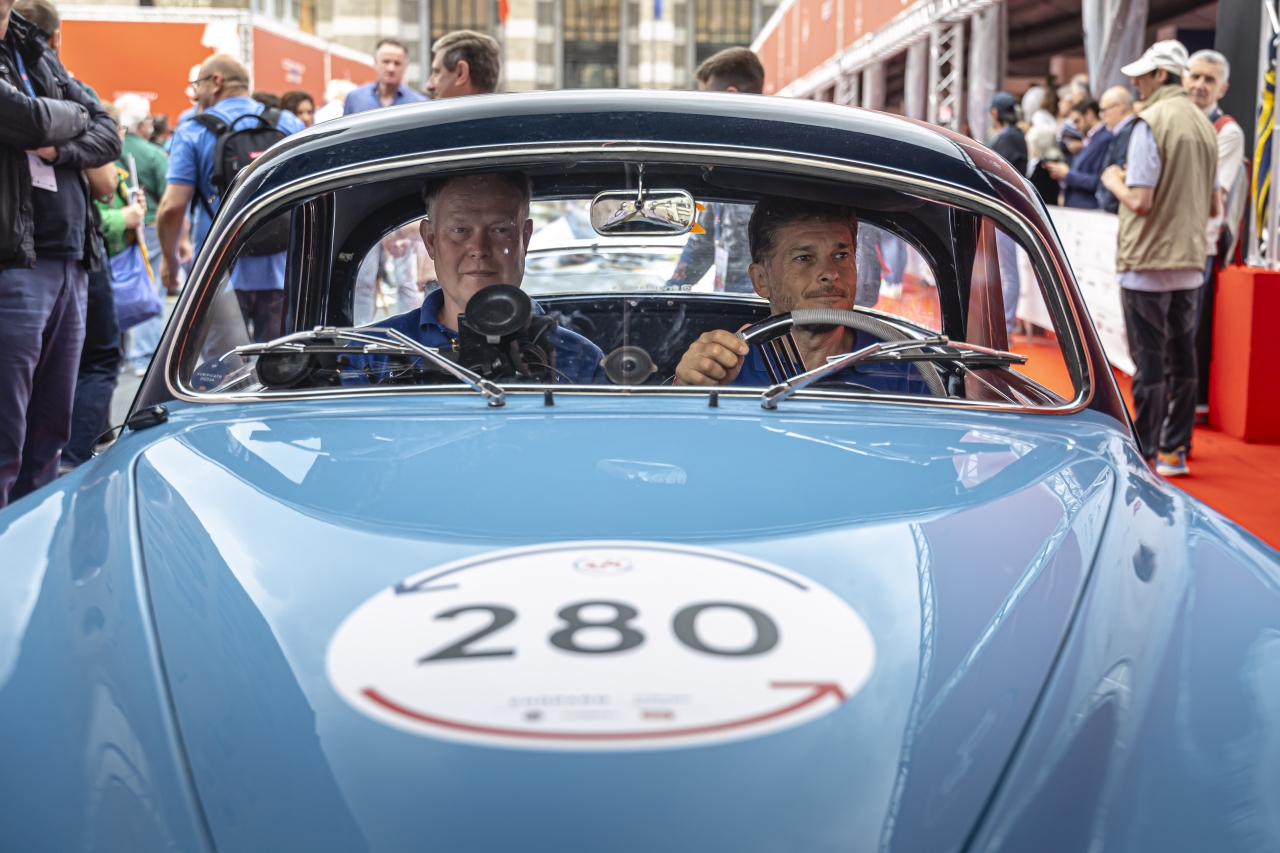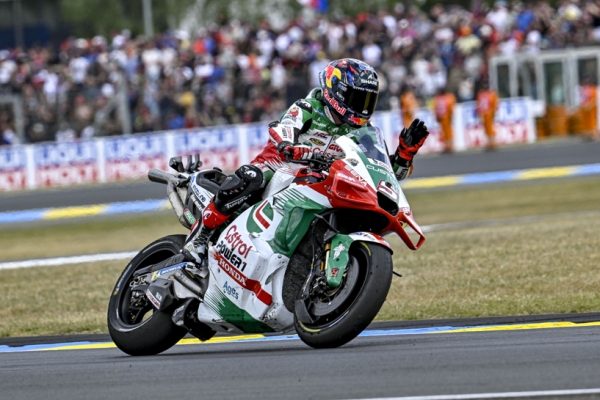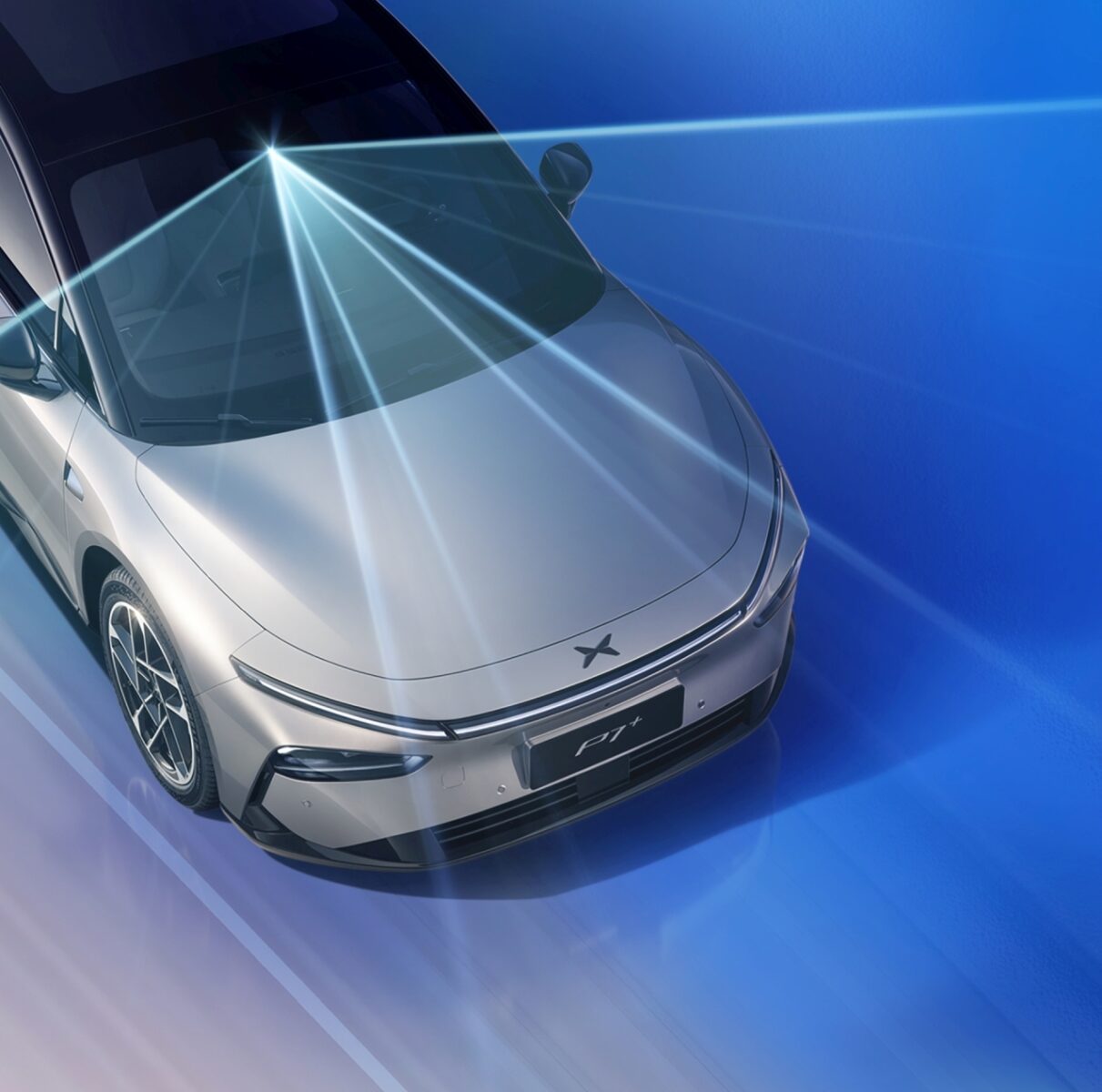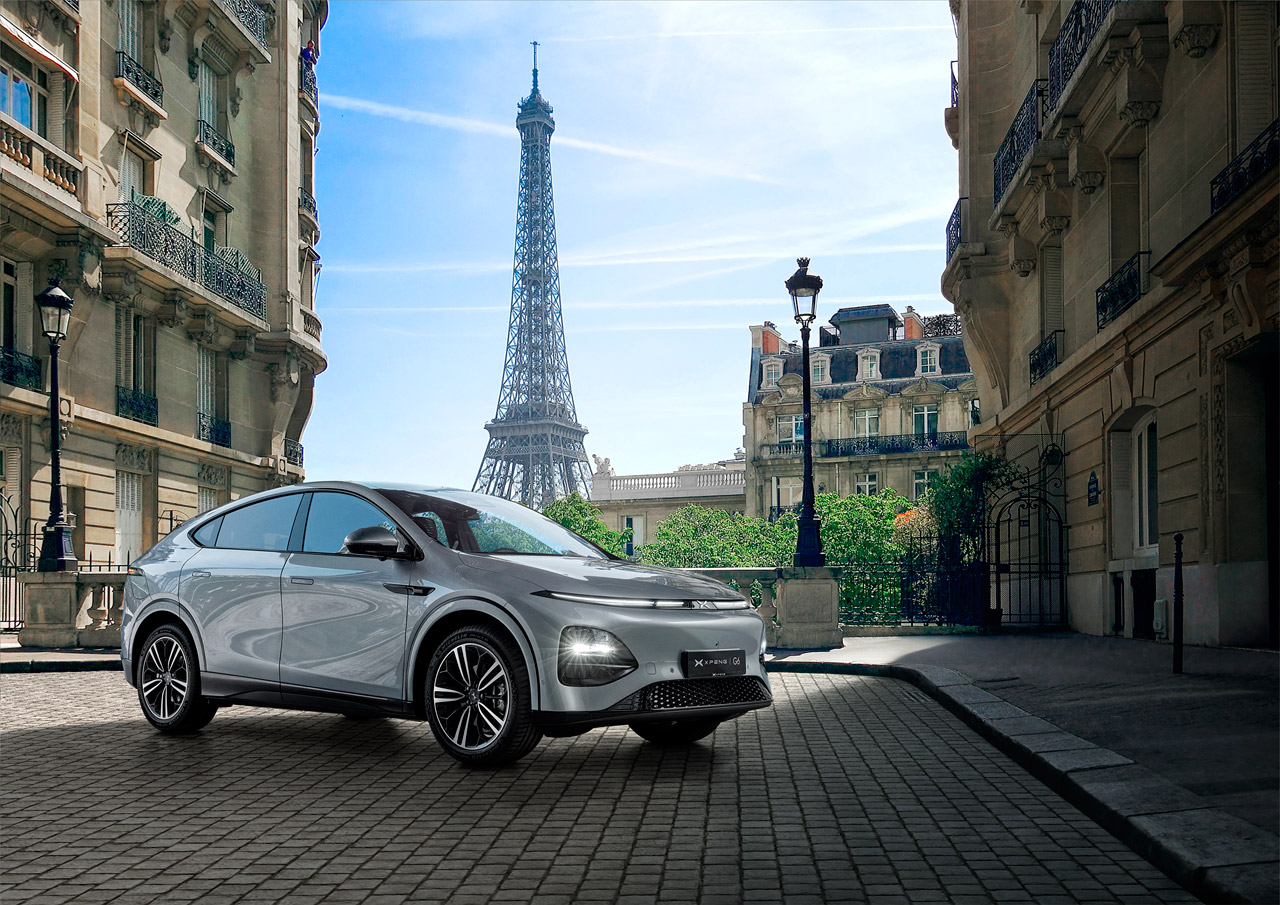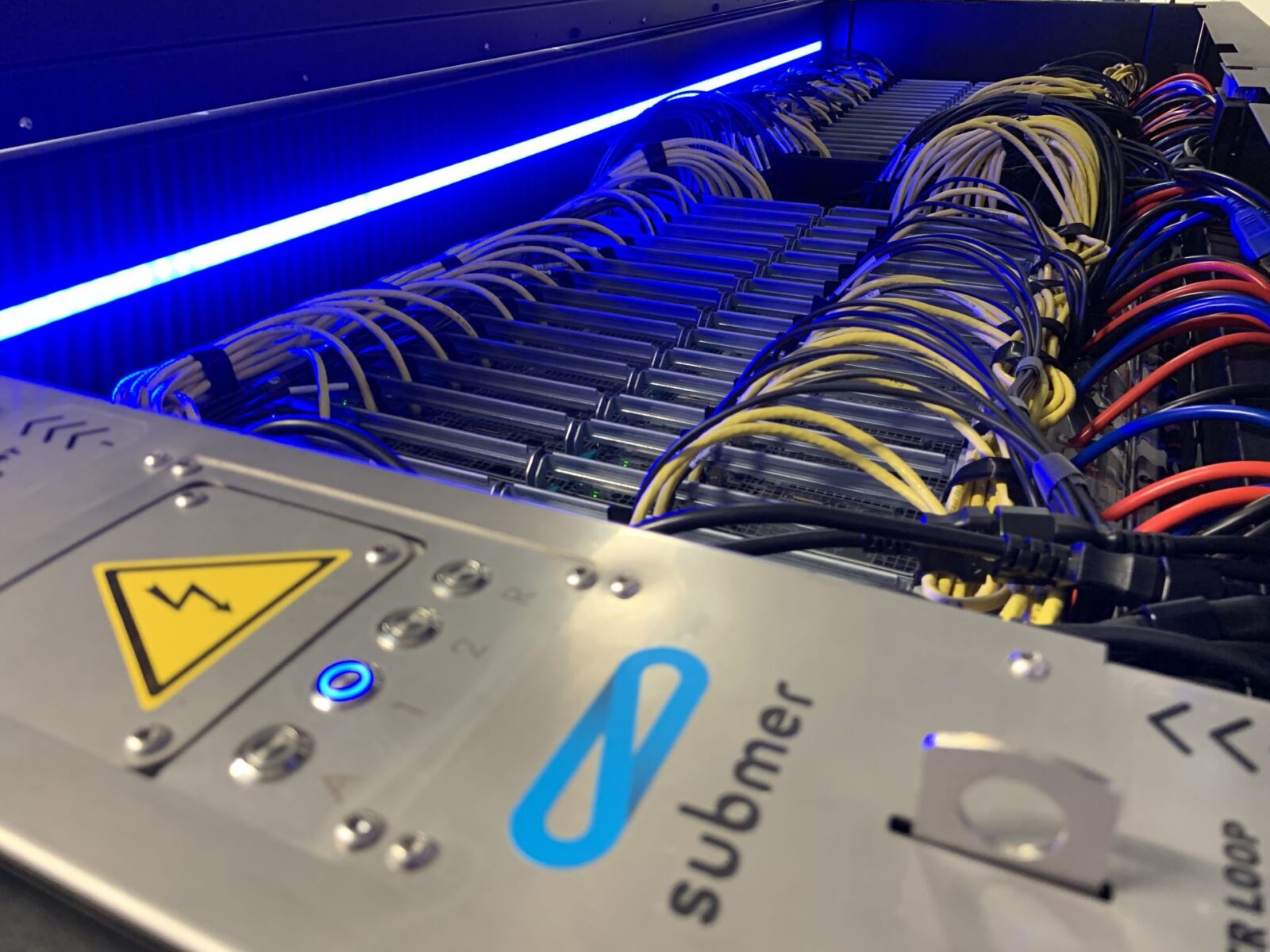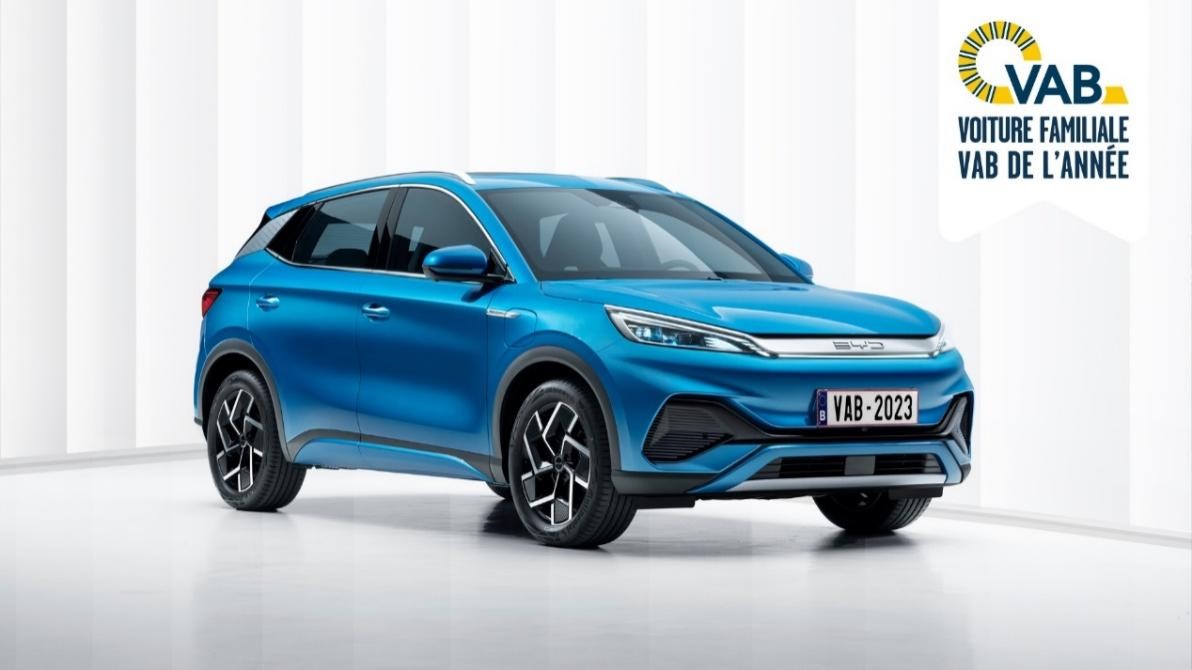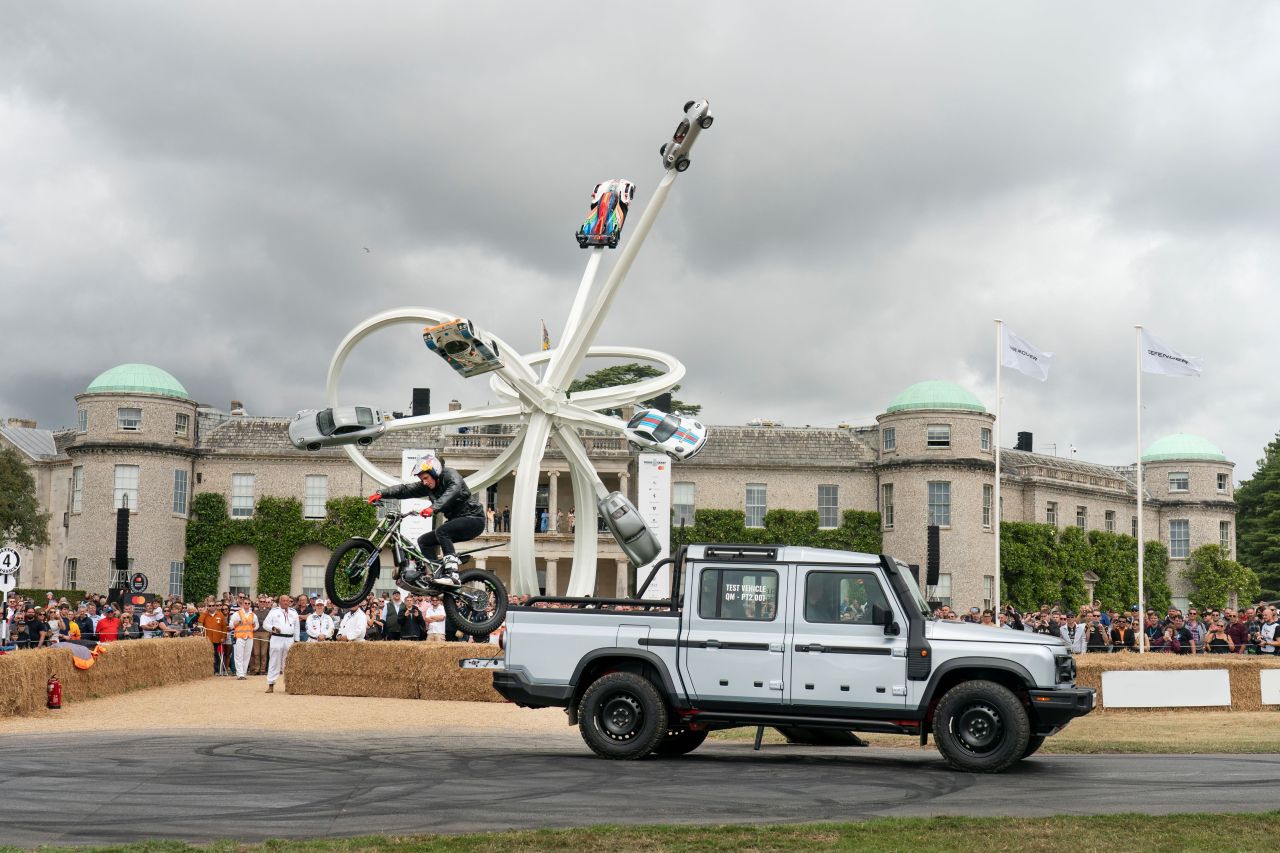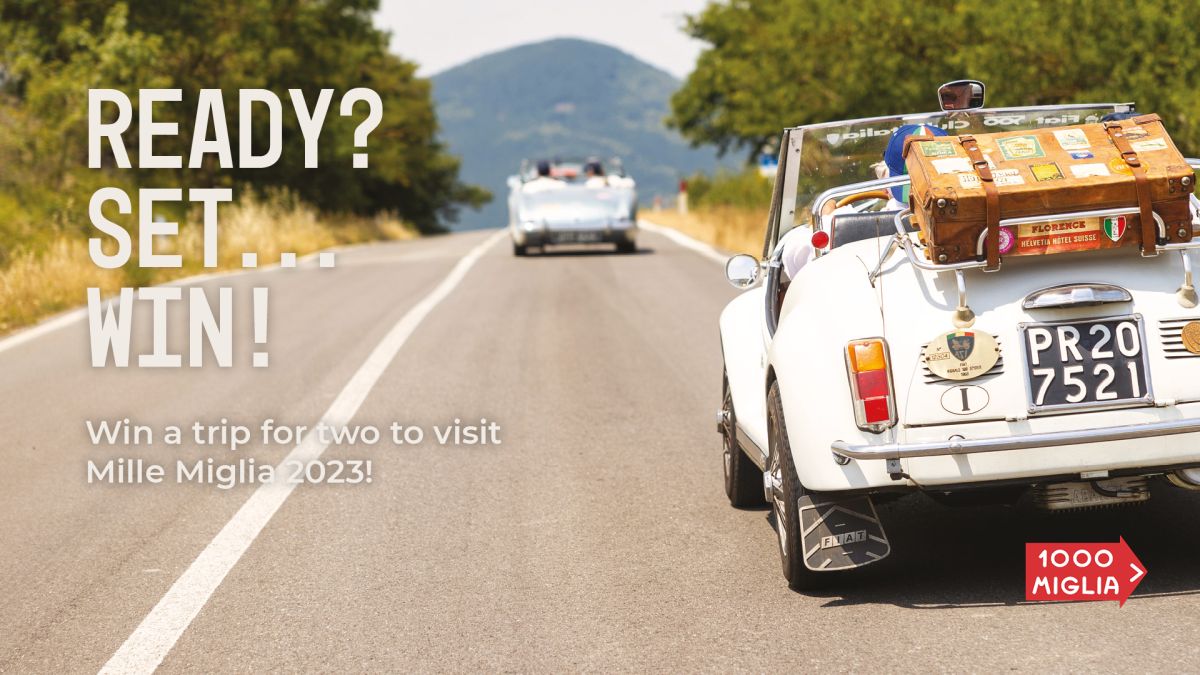- Aiways What’s next? – a conversation with Pedro Faria, founder and board member of Portugal’s Associação de Utilizadores de Veículos Electronics (Association of Electric Vehicle Users)
- Electromobility is not widely understood
- We have to overcome people’s misconceptions
- First-hand experience is worth more than words
Shanghai/Munich, 20 April 2022 – Under the title Aiways ‘What’s next?’ Aiways shares a series of interviews with spokespeople from industry, business, and politics. The seventh interview partner was Pedro Faria, founder and board member of the Associação de Utilizadores de Veículos Elétricos (Association of Electric Vehicle Users), UVE for short, in Portugal. Dr Alexander Klose, Vice President of Overseas Operations at Aiways, and Pedro discussed how to free people from common misconceptions about e-mobility. Together with his wife Carla, Pedro drove from Lisbon, Portugal to Antwerp, Belgium in an Aiways U5 SUV to the premiere of the Aiways U6ion concept last month, proving that an electric car is ready for real ‘grand touring’.
From left: Pedro Faria, founder and board member of the Associação de Utilizadores de Veículos Elétricos (Association of Electric Vehicle Users) with his wife Carla and Alexander Klose, Vice President of Overseas Operations at Aiways
How was the ride?
Pedro Faria: “It went wonderfully. We covered more than 2,100 kilometers and divided the route into three stages. We spent the first night in San Sebastián and the second night in Paris. From there it was only a short trip to Antwerp.”
Did you have a special strategy on the trip?
Pedro Faria: “No, luckily the times when you had to meticulously plan each trip are over. Of course, the charging network in Spain and France is not yet as well developed as it is in Belgium, the Netherlands, or Germany, but it no longer poses serious problems, especially on the major transit routes. We only had one strategy: arrive at our destination as quickly as possible, just like you would with an ICE vehicle. That’s why we’ve always traveled at the recommended speed, in France at a constant 130 kilometers per hour.”
Dr Alexander Klose: “I noticed that with the charging network last summer on a few test drives. But what particularly interests me is the length of each stage and the consumption, it was still relatively cool and frosty on your journey.”
Pedro Faria: “Depending on traffic, topography, and speed, we divided each stage so we were only driving around 200 to 220 kilometers between stops. We deliberately kept the stops short at around 30 minutes, which worked wonderfully thanks to the good charging performance of the Aiways U5 SUV. This usually brought us back to an 80 percent charge level for the next section.”
How did you plan the stops?
Pedro Faria: “We used Apple CarPlay and maps for navigation, and it’s an excellent solution, especially with the real-time traffic data. I also think the very intuitive operation logic of the mobile phone app is great. We used “A Better Routeplanner ” for the charging stops along the way. Here you can pull the consumption data from a database and then adapt it to your own conditions. For example, we adjusted the average fuel consumption to the high continuous speed on the motorway, which made it easy to plan the stops. However, a ‘real-time’ solution would be great, so that the car and the app communicate directly and take the charge level on the route and at the destination directly into the route planning.”
Dr Alexander Klose: “Communication between the car and apps is an important point that we are already looking at intensively. Many customers have already approached us with the wish to integrate a real-time connection of battery and consumption data into route planning. However, we do not consider solutions with external dongles via the diagnostic port to be convenient enough. We are therefore working on a purely software-based solution, which we will probably be able to present in the very near future. I think we will be able to offer one of the best routes and charge planning tools on the market with this.”
What does charging and infrastructure look like in Portugal?
Pedro Faria: “We are very well positioned here – the relatively small area of our country is a great advantage. The government gave some thought to the standardization of the charging network at an early stage. The result is a state organization that handles the billing of all public charging stations. So it doesn’t matter who the operator is, the modality is the same for the user at each charge point. This is a major advantage when I look at other countries with their various models. This is certainly working adequately now, there are definitely no problems in Portugal and you can charge with any card at any point.
Dr Alexander Klose: “A very exciting solution. An organization and standardization of payment models is certainly one of the main points where improvements can be made. We also look at many topics here in order to offer our customers the best possible benefit and comfort. We aim to offer our customers a painless and seamless experience; the best solution would be that once the charging plug is attached, any communication between the vehicle and the device occurs in the background, including the payment process. Without this, the customer has to remain constantly up to date with different charging cards.
Staying on the ball is a good keyword: How can you convince customers of e-mobility?
Pedro Faria: “That’s why we founded the UVE, where the ‘early adopters’ of e-mobility have come together to create a forum for electric cars and to make the advantages known to a wider audience. But we see ourselves as more than that because we are now like an automobile club for electromobility. We offer manufacturer-independent first-hand information on a wide range of models and can therefore give valuable tips when making purchasing decisions. The highlight is of course our annual event, where we bring together not only manufacturers with their entire model ranges, but also charging network operators, wall box manufacturers, electricians, and e-car drivers. It is more than a fair or a forum, it is a festival. And it plays a large part in the fact that electromobility has already penetrated mainstream society and is no longer a marginal phenomenon in company cars.”
Dr Alexander Klose: “A very good approach and certainly a very effective one, especially because the electric car has to be explained, preferably by people who are familiar with the subject. That’s why we are also very open in the sales model for our vehicles and don‘t only sell them to traditional dealers, but also via electronics markets, for example in Germany. You can explain the car on a completely different level because a battery-electric vehicle triggers completely new questions for customers. We want to go into this particularly intensively because this is the only way to provide the best possible advice.”
Pedro Faria: “Intensive consultation is actually the key, we also experience that in everyday life at UVE. Because a brochure or a visualization in the configurator is one thing, but experiencing electromobility in everyday life is something completely different. Most interested parties are already enthusiastic after the first ride and then completely convinced after the first test drive weekend. Prejudices can only be refuted by personal experience. You have to experience it yourself.”


